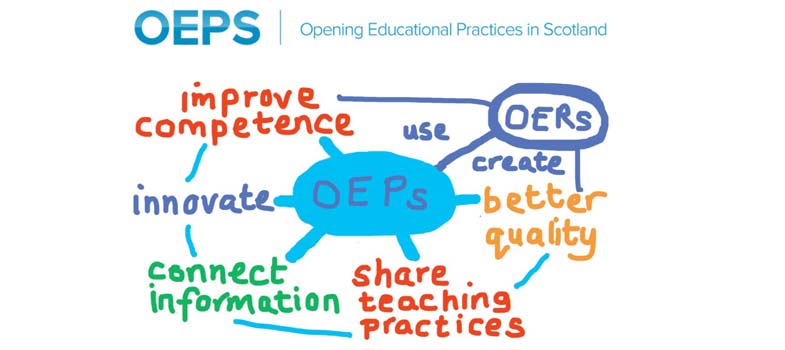2.3 Environmental impact of algal pathogens – Coccolithophores and their viruses
The influence of parasites is not limited to flows of energy within systems, but can also play significant roles in broader environmental cycles. For example, Coccolithophores produce much of the ocean’s calcium carbonate, and are the major long-term source of atmospheric carbon dioxide. The influence of diseases on their population dynamics can therefore affect global geochemical processes. Coccolitophores like Emiliania huxleyi are one of the most abundant organisms present in the oceans. They can form blooms so enormous that they can be remotely sensed by satellites (this is shown by an image via Steve Groom and Plymouth Marine Labs in the Further reading below).
The rapid disappearance of these blooms has been a mystery for decades but there is now strong evidence that those bloom crashes are associated with viral infections and subsequent algal cell lysis. In a nutshell, as Coccolithophores have a major role in the Carbon cycles, their parasites also have important roles in global processes such as global warming.
Further reading
To explore the ideas in this section further, you might like to read the following:
- Hutchkins, 2011. This is a nature letter which summarises Coccolithophore carbon chemistry.
- A picture from Steve Groom and Plymouth Marine Labs [Tip: hold Ctrl and click a link to open it in a new tab. (Hide tip)] which gives you a sense of how large these blooms can be. What looks like clouds on this satellite capture in in fact the reflected light from billions of coccoliths floating in the water column.
- A focus on one of E.huxleyi virus: Michaelson et al., 2010.
- Fuhrman, 1999.
- Suttle, 2007.
2.2.1 Food web dynamics: the example of Chytrids
